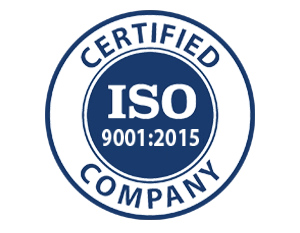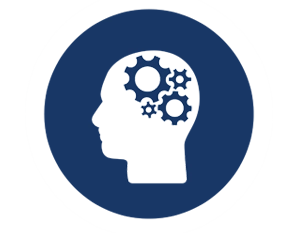Liquid Molding Monthly
Innovative Uses of Epoxy Material in Modern Home Renovations
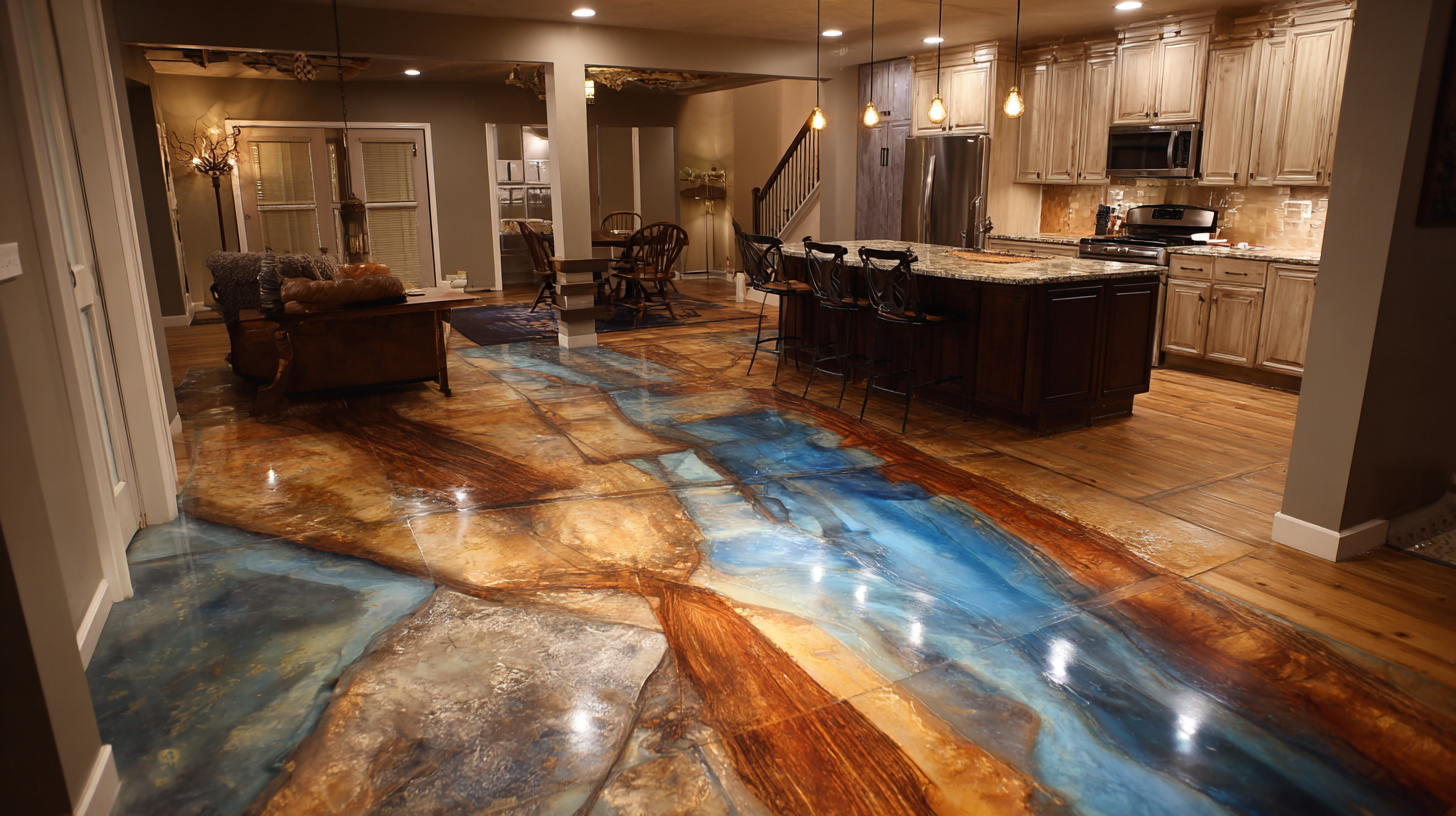 In today's home renovation landscape, the innovative use of epoxy material has gained significant traction, transforming interiors and exteriors alike. According to a report by Grand View Research, the global epoxy resin market is expected to reach USD 15.73 billion by 2027, driven by the increasing demand for durable, aesthetically pleasing materials in the construction industry. Epoxy material, known for its exceptional adhesion, chemical resistance, and versatility, has emerged as a favorite among homeowners and designers seeking sustainable and cost-effective solutions. From stylish countertops to resilient flooring options, the applications of epoxy are vast and varied, enabling endless customization for modern living spaces. As we delve into the compelling reasons behind the rise of epoxy material in renovations, it becomes clear that this multifaceted compound is not just a trend but a transformative element reshaping how we perceive and execute home design.
In today's home renovation landscape, the innovative use of epoxy material has gained significant traction, transforming interiors and exteriors alike. According to a report by Grand View Research, the global epoxy resin market is expected to reach USD 15.73 billion by 2027, driven by the increasing demand for durable, aesthetically pleasing materials in the construction industry. Epoxy material, known for its exceptional adhesion, chemical resistance, and versatility, has emerged as a favorite among homeowners and designers seeking sustainable and cost-effective solutions. From stylish countertops to resilient flooring options, the applications of epoxy are vast and varied, enabling endless customization for modern living spaces. As we delve into the compelling reasons behind the rise of epoxy material in renovations, it becomes clear that this multifaceted compound is not just a trend but a transformative element reshaping how we perceive and execute home design.
Understanding Epoxy Materials and Their Benefits in Home Renovations
Epoxy materials have become increasingly popular in modern home renovations due to their unique properties and versatility. These synthetic resins are known for their strong adhesive qualities, durability, and resistance to moisture and chemicals, making them an ideal choice for various applications. Homeowners and contractors alike appreciate how epoxy can be used to create stunning countertops, flooring, and even wall finishes. Beyond aesthetics, epoxy provides a long-lasting solution, minimizing the need for frequent repairs or replacements.
Another key benefit of epoxy materials is their ease of maintenance. Unlike traditional wood or stone surfaces that may require regular sealing or treatment, epoxy surfaces can be quickly cleaned with simple soap and water, making them both practical and appealing for busy households. Additionally, epoxy can be tinted or infused with decorative elements, allowing for endless customization options to suit any home’s interior design theme. As more individuals seek innovative ways to enhance their living spaces, epoxy materials are emerging as a favored choice for creating modern, stylish, and functional environments.
Innovative Uses of Epoxy Material in Modern Home Renovations
This chart illustrates the innovative applications of epoxy materials in modern home renovations, highlighting how different uses like countertops and flooring contribute to the overall percentage of epoxy use in home projects.
Exploring Creative Applications of Epoxy in Flooring Solutions
Epoxy materials are leading the charge in modern flooring solutions, offering not only durability but also a host of aesthetic options that cater to diverse home designs. According to the Global Epoxy Resins Market Report, the epoxy resin flooring segment is anticipated to grow at a CAGR of 6.5% from 2023 to 2030, reflecting the increasing demand for high-performance flooring solutions in residential renovations. With their resistance to chemicals, moisture, and heat, epoxy floors are particularly attractive for kitchens and bathrooms, enhancing the durability of these often high-traffic areas.
Moreover, innovative applications of epoxy in decorative flooring are transforming ordinary spaces into stunning visual experiences. Techniques such as metallic epoxy and 3D designs have gained popularity, attracting homeowners looking to personalize their interiors. The increasing trend of using epoxy for artistic expression in floors, as supported by data from the Flooring Industry Sustainability Report, indicates that 45% of homeowners are willing to invest more in unique flooring aesthetics. As technology advances, the integration of smart home concepts also aligns with epoxy flooring solutions, encouraging the development of flooring that can enhance the sensory experiences in living spaces.
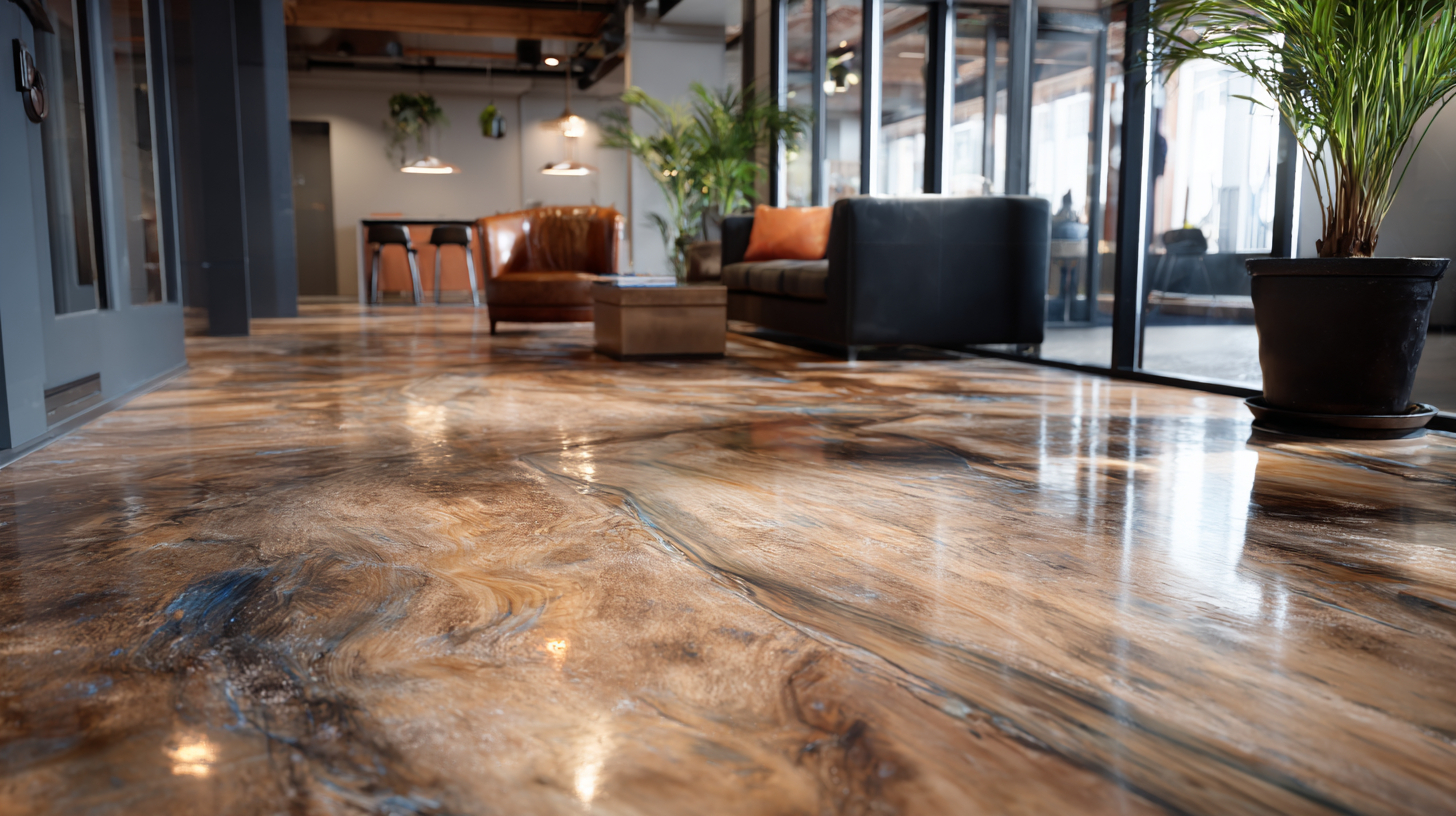
Transforming Countertops: Techniques for Epoxy Coating and Customization
 Epoxy coating has emerged as a revolutionary technique in modern home renovations, particularly in transforming countertops. According to a report from the Joint Center for Housing Studies of Harvard University, renovations have surged by 50% since 2020, with epoxy finishes being one of the most sought-after enhancements. This surge in popularity can be attributed to their exceptional durability, aesthetic versatility, and ease of maintenance. Homeowners are increasingly drawn to epoxy for its ability to mimic the look of high-end materials like marble and granite, but at a fraction of the cost.
Epoxy coating has emerged as a revolutionary technique in modern home renovations, particularly in transforming countertops. According to a report from the Joint Center for Housing Studies of Harvard University, renovations have surged by 50% since 2020, with epoxy finishes being one of the most sought-after enhancements. This surge in popularity can be attributed to their exceptional durability, aesthetic versatility, and ease of maintenance. Homeowners are increasingly drawn to epoxy for its ability to mimic the look of high-end materials like marble and granite, but at a fraction of the cost.
The customization options available with epoxy coatings further elevate their appeal. Homeowners can choose from a vast palette of colors and finishes, allowing for personalization that matches their interior decor. Techniques such as layering different colors, adding metallic flakes or glitter, and incorporating artistic designs create stunning, one-of-a-kind countertops. Industry experts report that approximately 68% of homeowners are opting for custom epoxy applications, tapping into their creativity while improving the functionality of their kitchens and bathrooms. With advancements in epoxy technology, these surfaces are not only eye-catching but also resistant to stains, heat, and scratches, making them an ideal choice for the modern home.
Enhancing Aesthetic Appeal: Using Epoxy for Decorative Accents and Artwork
Epoxy materials have emerged as a revolutionary choice in modern home renovations, particularly for adding decorative accents and unique artwork. Due to their exceptional versatility and durability, epoxy resins can transform ordinary surfaces into stunning visual features. According to a report by the Home Remodeling Association, the demand for decorative epoxy applications has increased by over 40% in the last five years, illustrating homeowners' growing appreciation for innovative design solutions. From countertops to wall art, epoxy offers endless possibilities for personalization and aesthetic enhancement.
Tips for incorporating epoxy into your home design include starting with a clear vision of the desired effect. Consider using colored pigments or metallic powders within the epoxy to create a stunning, marbled effect. Additionally, utilizing epoxy on surfaces with natural textures can highlight the beauty of the underlying material, offering a unique contrast that catches the eye. Always ensure proper preparation and sealing of the surfaces to maximize durability and maintain the decorative appeal over time.
Another innovative approach is to use epoxy for custom artwork, such as embedded objects or personalized designs within a table or a wall piece. This not only adds a personal touch to your space but also serves as a conversation starter. With the right techniques, you can achieve a glossy finish that enhances the overall aesthetic while providing a protective layer that resists scratches and stains, making it both functional and visually appealing.
Innovative Uses of Epoxy Material in Modern Home Renovations
| Use Case | Description | Aesthetic Appeal | Durability | Typical Applications |
|---|---|---|---|---|
| Countertops | High-gloss and customizable surfaces for kitchens and bathrooms. | Available in various colors and patterns. | Highly resistant to scratches and stains. | Kitchen countertops, bathroom vanities. |
| Flooring | Liquid-applied flooring with seamless finish. | Create unique designs and textures. | Durable and easy to maintain. | Living rooms, garages, commercial spaces. |
| Tabletops | Custom epoxy finishes for furniture. | Enhances natural wood grains or embedded materials. | Resistant to heat and water damage. | Dining and coffee tables. |
| Wall Art | Decorative art pieces made from poured epoxy. | Vibrant colors and 3D effects. | Long-lasting and easy to clean. | Living room, office displays. |
| Bathroom Renovation | Sinks and bathtubs are resurfaced with epoxy. | Modern and sleek appearance. | Waterproof and mold-resistant. | Shower areas, sinks, bathtubs. |
DIY Projects: Step-by-Step Guide to Applying Epoxy in Home Improvements
Epoxy materials have become increasingly popular in modern home renovations due to their versatility and durability. For DIY enthusiasts, applying epoxy can elevate home improvements, transforming surfaces into stunning focal points.
A straightforward project to start with is creating a custom epoxy countertop. Begin by selecting an existing countertop surface that you want to revamp—ensure it is clean and free of any debris.
Once your surface is ready, prepare the epoxy mixture according to the manufacturer's instructions, ensuring you wear appropriate safety gear. Pour the epoxy over the countertop, and with a heat gun or torch, eliminate any bubbles that form. Employ a spreader or a brush to evenly coat the surface, allowing it to self-level and create a glass-like finish.
After a curing period, which usually takes about 24-72 hours, you will have a beautifully enhanced countertop that adds both style and functionality to your home.
Related Posts
-
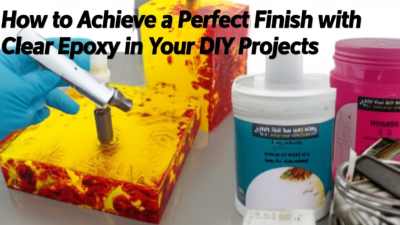
How to Achieve a Perfect Finish with Clear Epoxy in Your DIY Projects
-
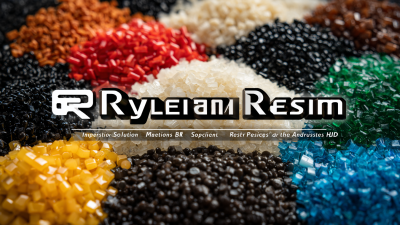
Innovative Solutions for Best Polymer Resin Applications in Various Industries
-

The Amazing Benefits of Using Clear Epoxy for Your DIY Projects
-

Essential Checklist for Successful Polyurethane Molding Projects
-
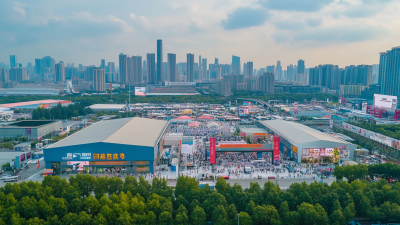
Unveiling Opportunities at the 137th Canton Fair for Polymer Equipment Global Buyers
-

China's Quality Revolution in Best High Performance Plastic for Global Buyers


100% Mercury Free
All of Hapco's formulations are completely free of Mercury.

50 Year Track Record
Hapco has been in business for over 50 years!
*NOTICE* Hapco will be will be closed on Monday, May 26th, in observance of Memorial Day. |
Privacy Overview
| Cookie | Duration | Description |
|---|---|---|
| cookielawinfo-checkbox-analytics | 11 months | This cookie is set by GDPR Cookie Consent plugin. The cookie is used to store the user consent for the cookies in the category "Analytics". |
| cookielawinfo-checkbox-functional | 11 months | The cookie is set by GDPR cookie consent to record the user consent for the cookies in the category "Functional". |
| cookielawinfo-checkbox-necessary | 11 months | This cookie is set by GDPR Cookie Consent plugin. The cookies is used to store the user consent for the cookies in the category "Necessary". |
| cookielawinfo-checkbox-others | 11 months | This cookie is set by GDPR Cookie Consent plugin. The cookie is used to store the user consent for the cookies in the category "Other. |
| cookielawinfo-checkbox-performance | 11 months | This cookie is set by GDPR Cookie Consent plugin. The cookie is used to store the user consent for the cookies in the category "Performance". |
| viewed_cookie_policy | 11 months | The cookie is set by the GDPR Cookie Consent plugin and is used to store whether or not user has consented to the use of cookies. It does not store any personal data. |

